One slice of cheddar cheese packs 5-7 grams of protein into your diet.
Not bad for something that makes everything taste better!
The exact amount depends on the slice size and brand, but most standard slices (about 25-28g) deliver a solid protein punch.
Why does this matter? Because protein is essential for muscle repair, growth, and about a million other bodily functions. And let’s be honest – cheese is a lot tastier than those protein shakes your gym buddy won’t shut up about.

How Much Protein Is Really in Your Cheese Slice?
Let’s break down the numbers from popular brands:
- Tillamook Medium Cheddar (25g slice): 6g protein
- Tillamook Sharp Cheddar (28g slice): 5g protein
- Essential Everyday Sharp Cheddar (22g slice): 6g protein
- Kraft Singles Sharp Cheddar (21g slice): 4g protein
For reference, a 1-ounce (28g) slice of generic cheddar contains approximately 7g of protein according to the University of Rochester Medical Center.
So basically, that slice of cheddar you add to your sandwich is giving you roughly the same protein as an egg. Not too shabby!
Complete Nutritional Breakdown (Per Slice)
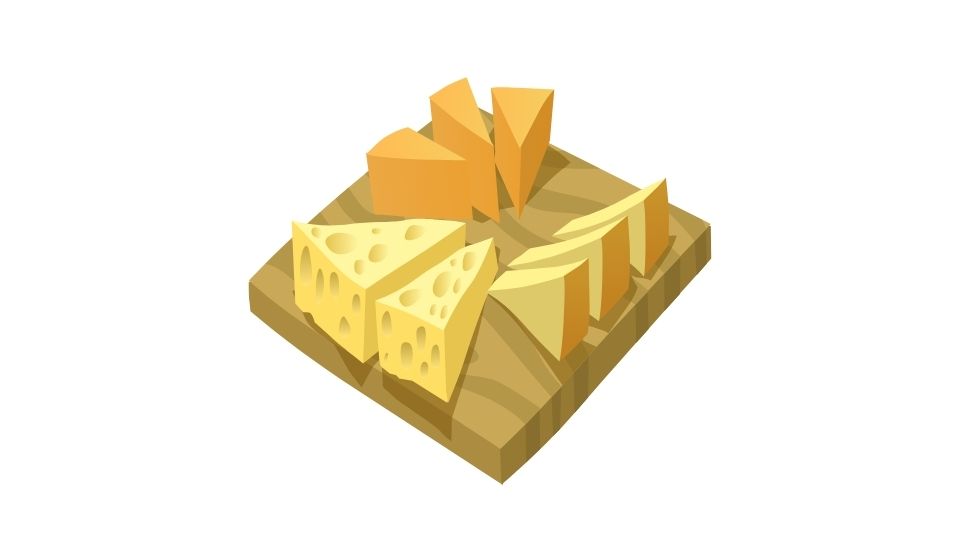
Cheese isn’t just about protein. Here’s what else you’re getting in that delicious slice:
- Calories: About 70-110 calories (varies by size and fat content)
- Total Fat: 7-9g (with 4.5-6g saturated fat)
- Calcium: 130-200mg (10-20% of your daily needs) for strong bones
- Sodium: 140-180mg (something to watch if you’re limiting salt)
- Carbs: Usually 0-1g (perfect for low-carb diets!)
- Vitamins: Small amounts of Vitamin A and D
According to the National Dairy Council, cheese is one of the top sources of calcium in the American diet, which makes that protein-packed slice even more nutritious.
Why Protein Content Varies
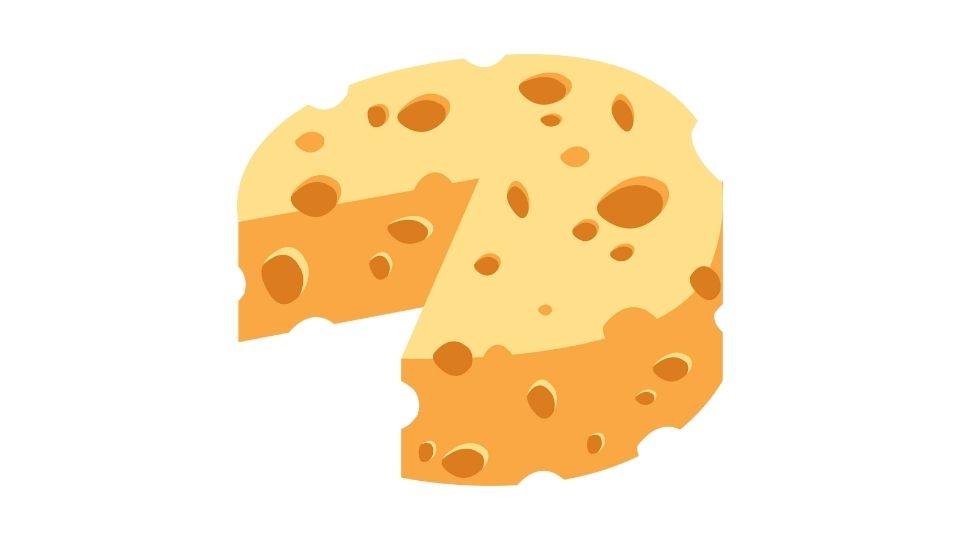
Ever wondered why the protein on your cheese labels seems inconsistent? Here’s why:
Slice Size Matters
Smaller slices = less protein. Makes sense, right? A 17g Borden slice has about 4-5g protein compared to 7g in a 28g slice.
Type of Cheddar
Sharp cheddar tends to have slightly different nutritional profiles than medium cheddar, but the differences are minimal.
Processing Methods
Some processed cheese products like Kraft Singles have less protein (4g per slice) because they contain additional ingredients besides cheese.
The Journal of Dairy Science explains that cheese-making techniques significantly impact the final nutritional content, including protein concentration.
How to Use Cheddar in Your Protein Strategy
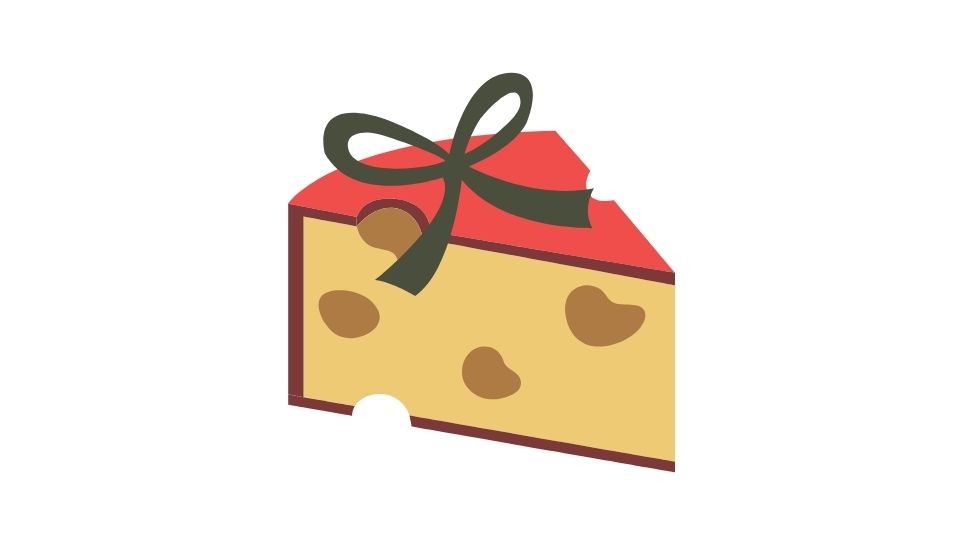
If you’re looking to boost your protein intake with cheese (great choice, by the way), here are some tasty options:
- Add to sandwiches and wraps for extra protein and flavor
- Use in omelets for a protein-on-protein power move
- Pair with apple slices for a perfect snack balance
- Melt over vegetables to make them more exciting (and nutritious)
- Add to salads for flavor and staying power
Pro tip: The American Heart Association recommends choosing reduced-fat cheese options if you’re watching your saturated fat intake while still wanting the protein benefits.
The Bottom Line
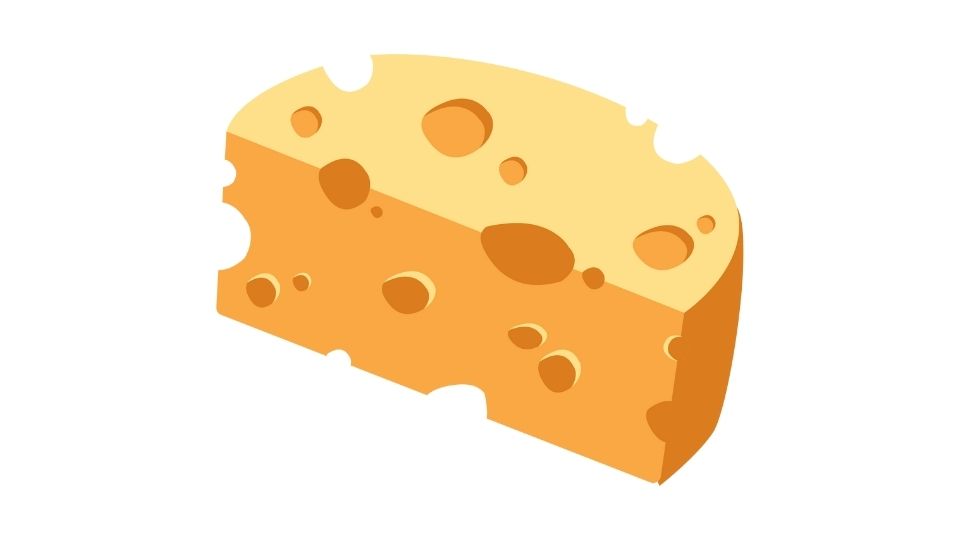
A typical slice of cheddar cheese contains 5-7g of protein, making it a tasty and convenient protein source. While it does come with fat and calories, it also provides significant calcium and other nutrients.
Cheese fits perfectly into most diets, and tracking those protein grams can help you reach your nutrition goals whether you’re building muscle, losing weight, or just trying to eat healthier.
So next time someone gives you grief about that extra slice of cheddar on your sandwich, you can tell them you’re just being proactive about your protein intake.
And remember – life’s better with cheese!



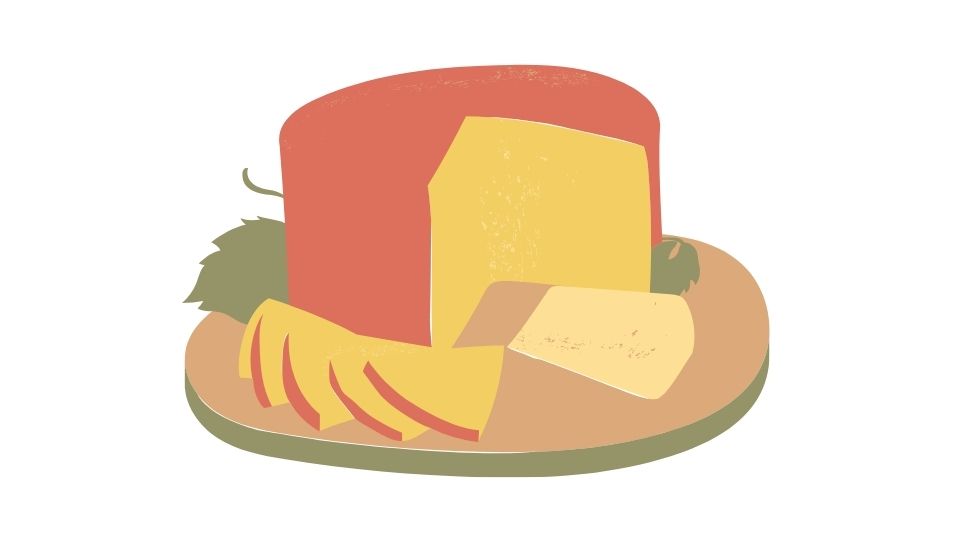
Leave a Reply